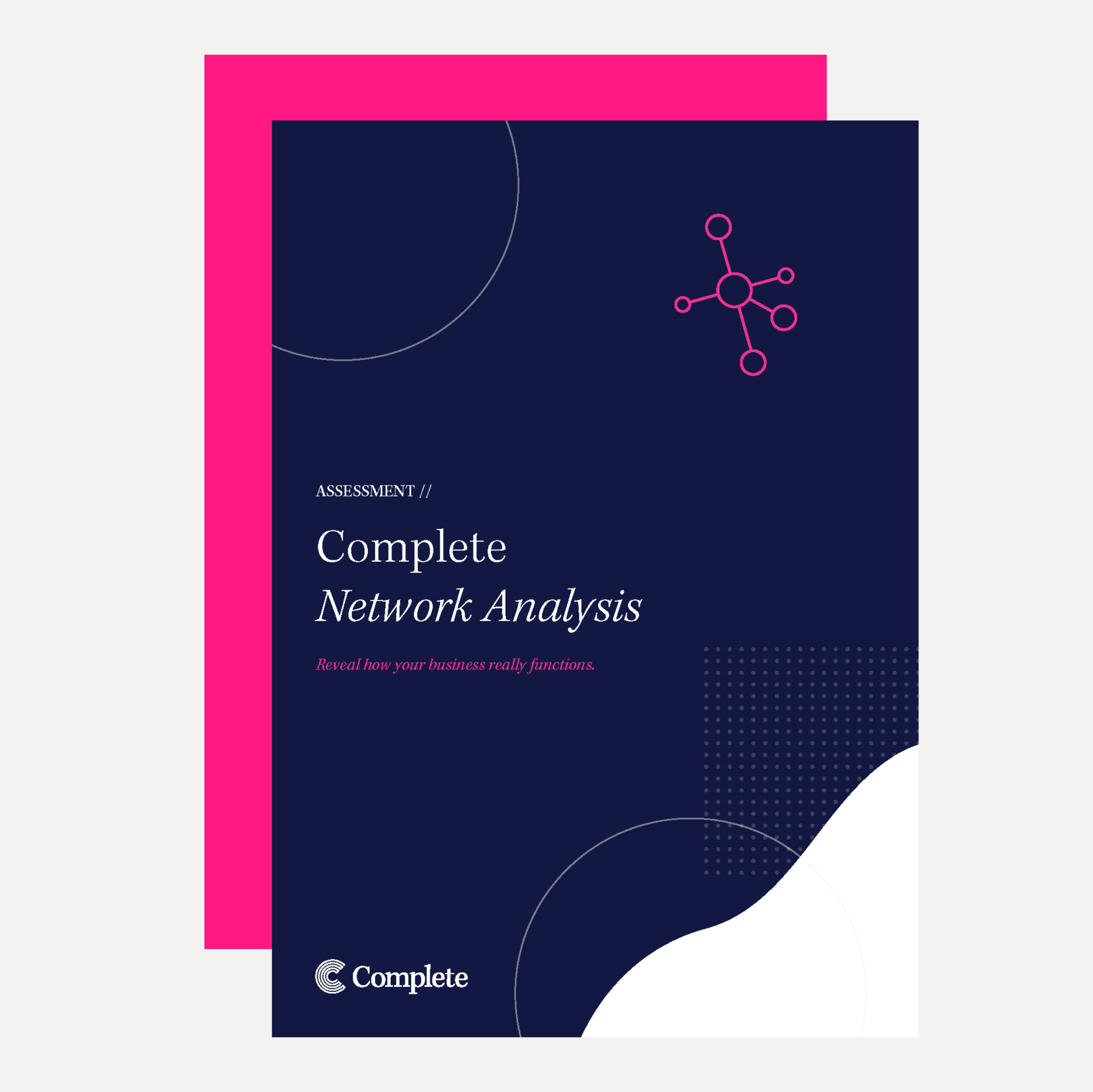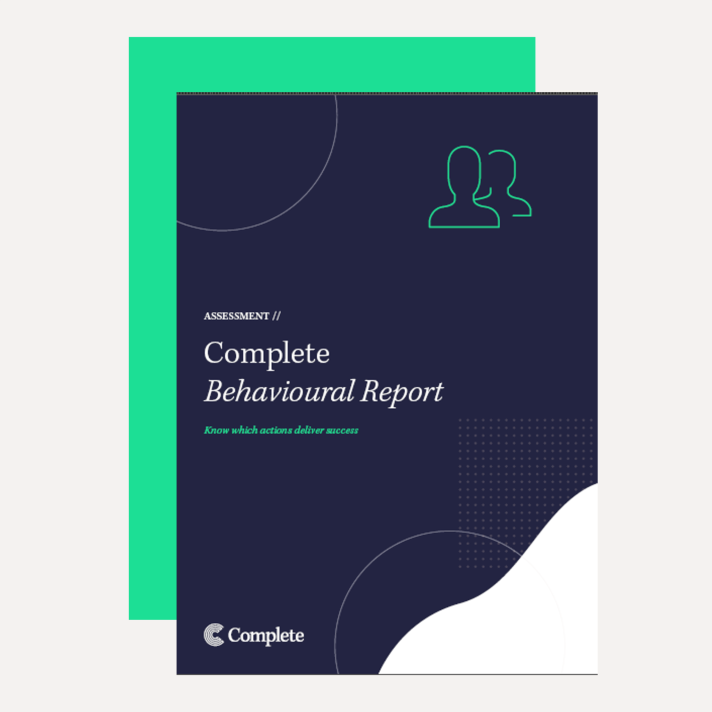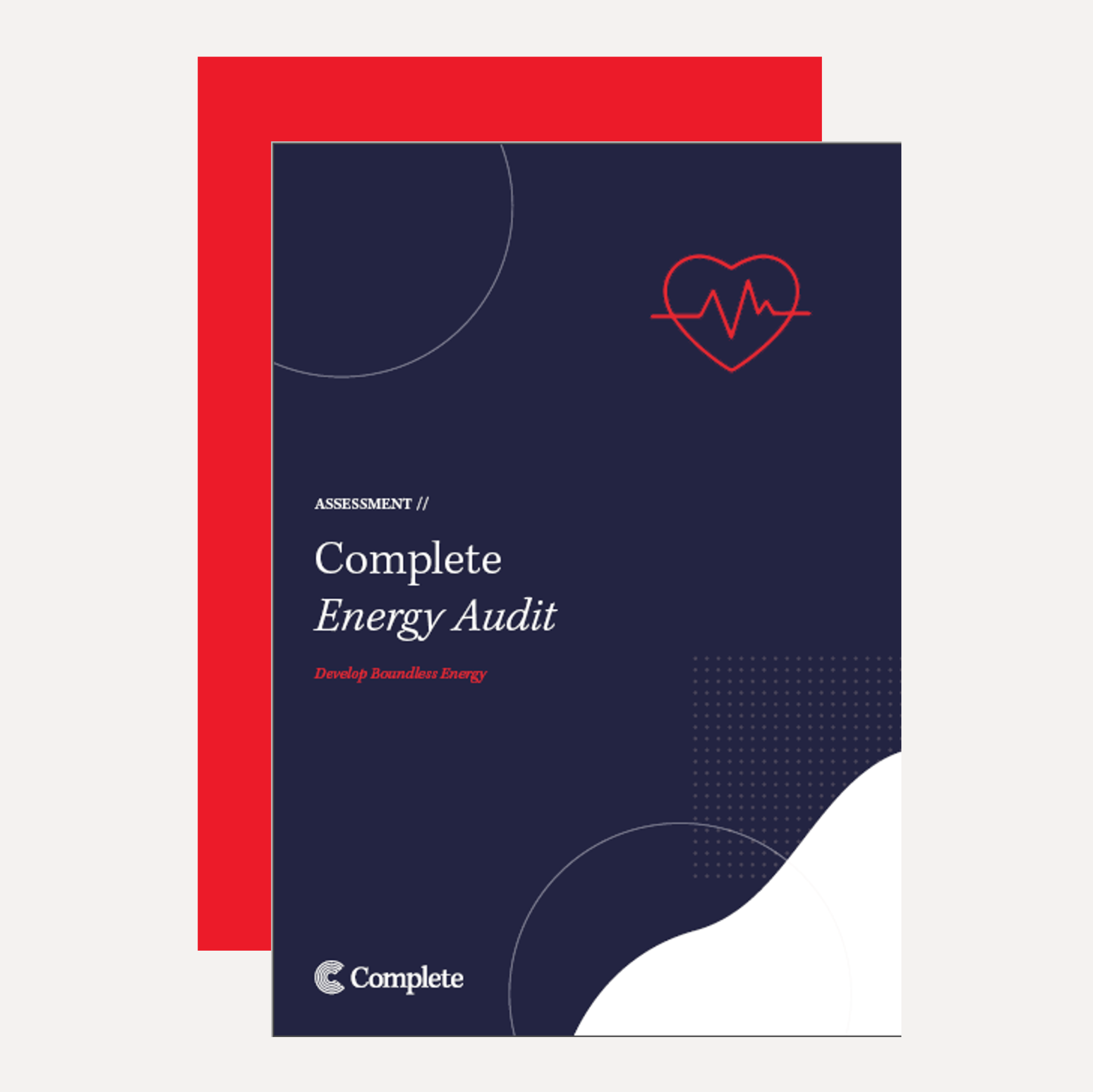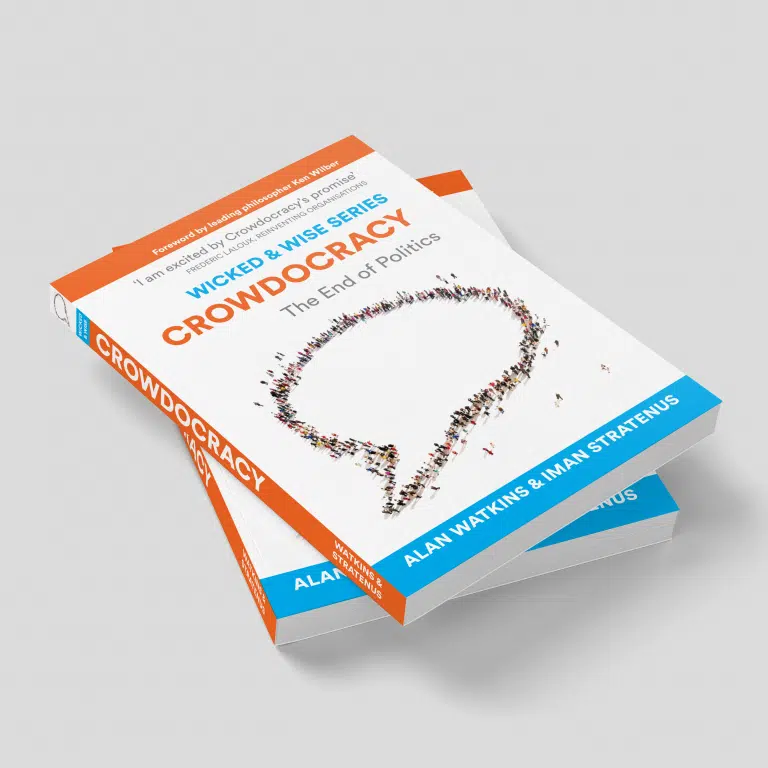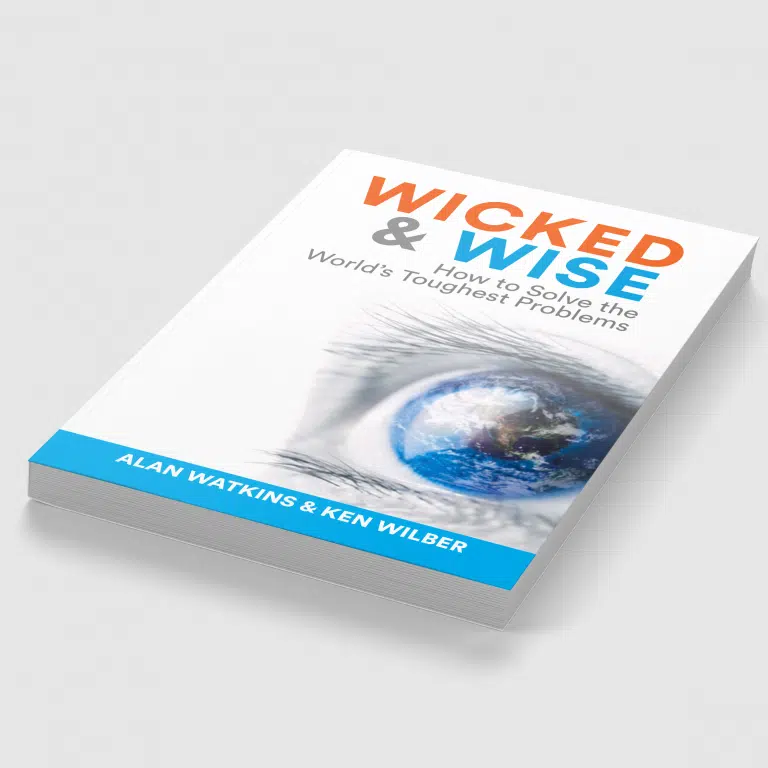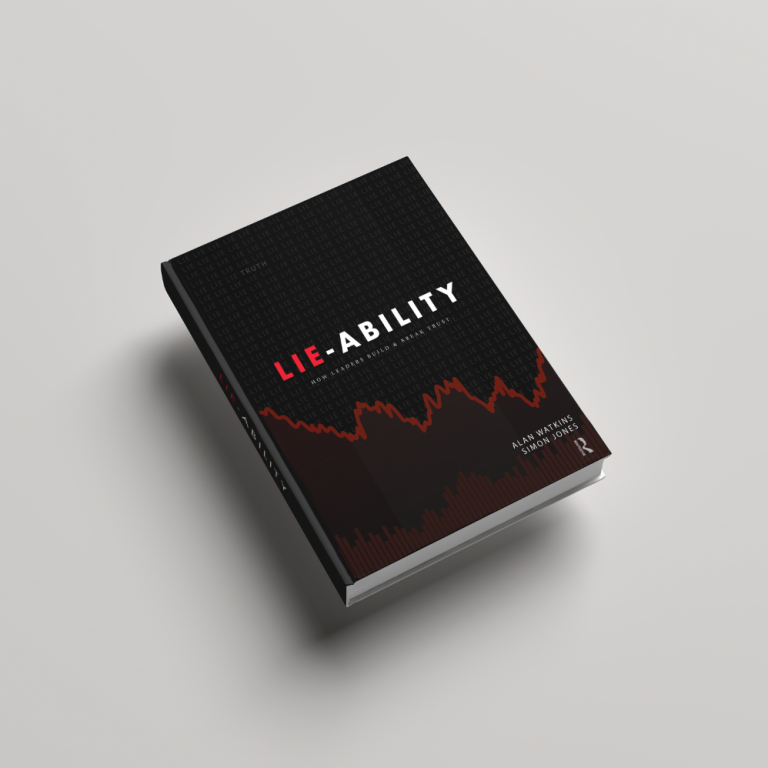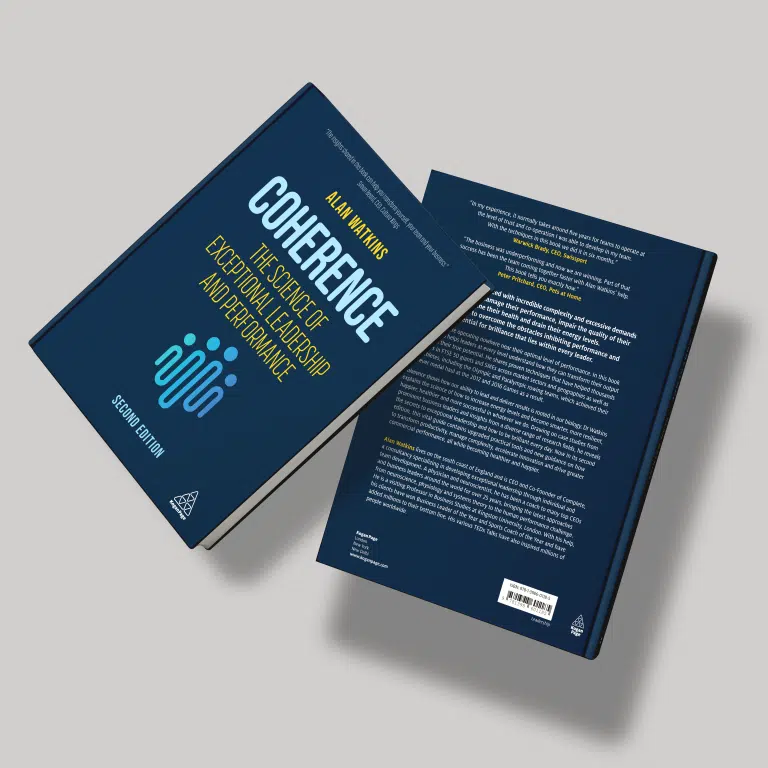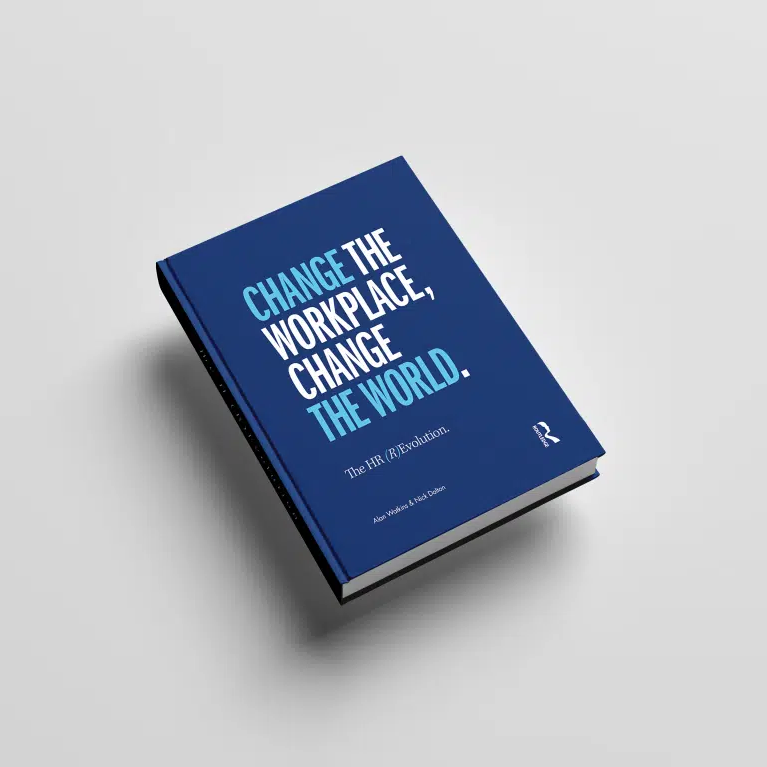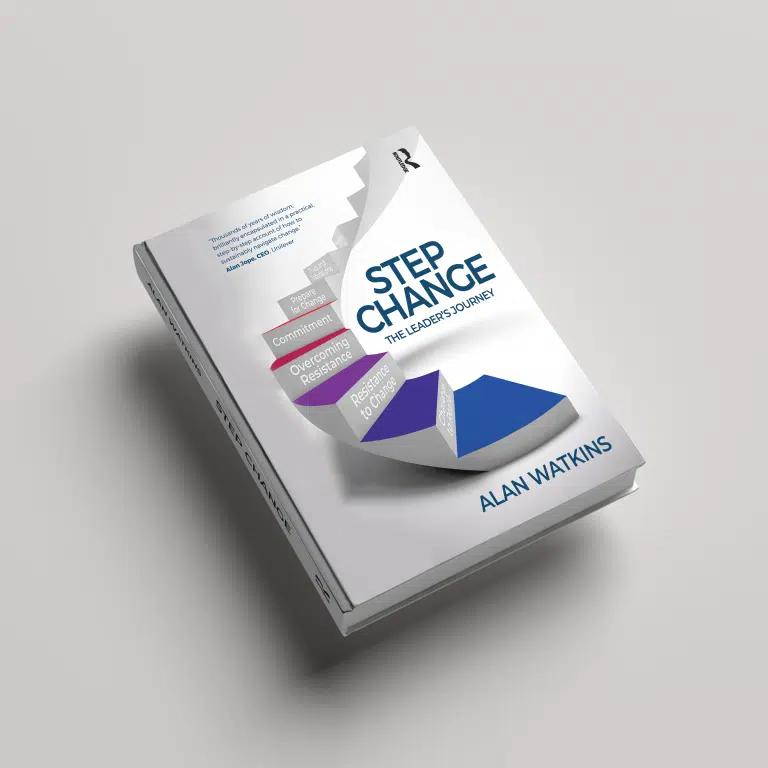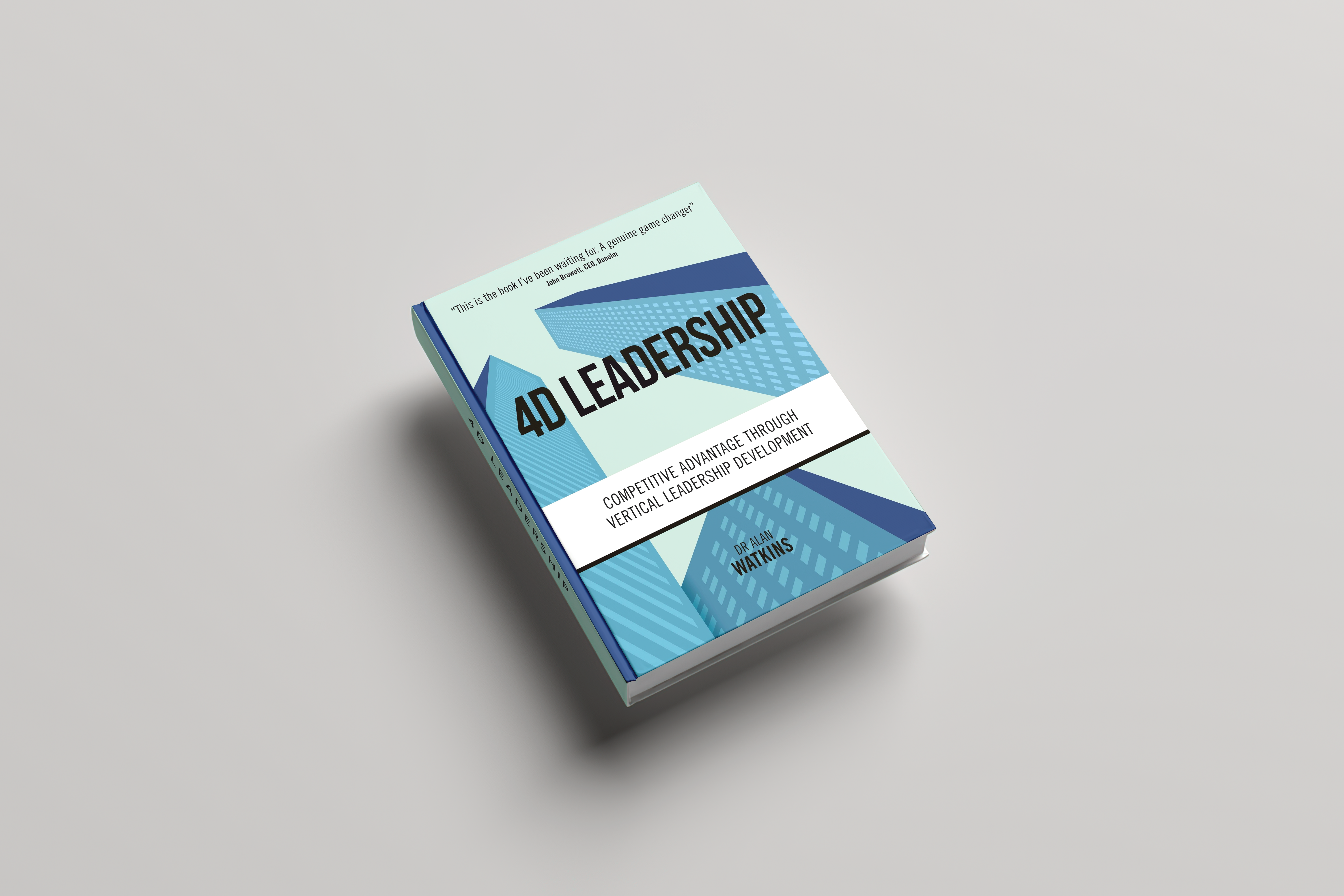If ever there were ever a wicked problem, it’s climate change. All wicked problems have multiple dimensions, multiple causes, multiple stakeholders, multiple solutions and are always evolving.
While the problem of climate change may not be new, it is certainly receiving renewed focus right now. President Biden has recently issued new executive orders, and appointed John Kerry as special climate envoy with a declaration that we “need to be bold” to tackle this “existential threat”. The CEO of Blackrock, the world’s largest asset manager, has also been quoted widely in the media talking about climate change being a defining factor in companies’ long-term ambitions. The firm has also updated its global principles and guidelines to reflect its commitment to action on climate change.
These high-profile declarations are welcome news but tackling a problem as wicked as climate change requires something more – coherence and wisdom. Fundamentally, we must recognise the characteristics of a wicked problem and develop solutions that are similarly multidimensional, agile and integrated.
In my book, Wicked & Wise, co-authored with Ken Wilber, we use climate change to show how it is possible to solve the world’s toughest problems. I urge you to read it, but, in the meantime, here are three of the key take-outs:
The desire for change has to come from everyone, not just world leaders.
We need to connect our own individual impetus for change with a collective focus.
The language of climate change needs to reflect diverse motivations.
For some egocentrics, motivation would come from knowing ‘climate change could kill me’. For those who take a rational stance, motivation could come from solutions to climate change that don’t damage the economy – think discussions around green economy jobs. For those who take a planetfirst perspective, motivation could come from understanding that addressing climate change is an imperative to ensure survival of the biosphere. We need to adapt the language so that it is understood by everyone, whatever their motivation.
The solution will come through integrated facilitation.
Clearly we need to bring together a disparate array of stakeholders and facilitate a conversation. But if such conversations are to deliver real change they musty go beyond talking shops, posturing or the creation of ‘position papers’. They need to be skilfully facilitated. But the facilitator(s) must understand the complexity of this wicked problem and follow the five step process to create an integrated solution.
Five step process to an integrated solution
1 – Map the problem to reveal all elements and all the dimensions (interior and exterior).
2 – Map the network of stakeholders to identify the fields of influence.
3 – Map the individual stakeholders to understand their values, beliefs, strengths, weaknesses and the spectrum of opinions.
4 – Engage effectively with stakeholders individual and collectively to build a nonegoic relationship environment that fosters collective proactivity.
5 – Facilitate the on-going process of solving and re-solving and implementation efforts proceed.
I’m heartened by the recent change in attitude from the US towards the problem of climate change and the commitment from Blackrock. These announcements have the potential to generate forward movement globally.
We are at a moment in time when there is an unrivalled opportunity to take a wise Integral approach to this wicked problem and deliver accelerated progress beyond what the Paris Agreement promised. Paris is not enough and we
need to pick up speed if we are serious about creating a sustainable future.













